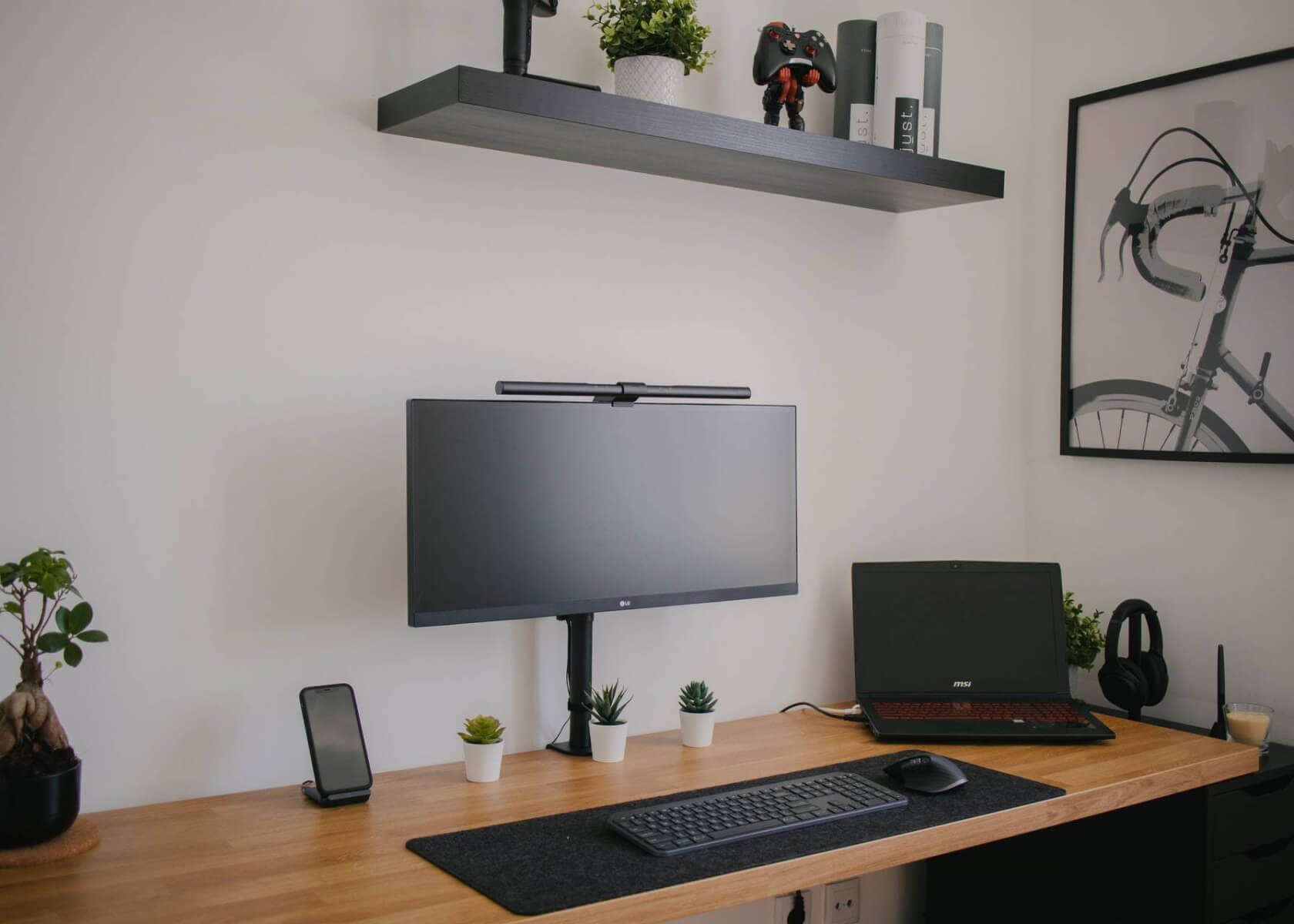Boost Your Planning Productivity with Notion: A Step-by-Step Guide

New to Notion?
How to Use Notion for Planning Purposes
Notion is a powerful all-in-one workspace that can be used for a variety of tasks—including planning. With its flexibility and ever-evolving features, Notion helps you stay organized, set goals, manage projects, and track progress effectively. In this article, we’ll explore how to leverage Notion for planning purposes using current best practices and recent updates.
1. Set Up Your Workspace
Begin by creating a dedicated workspace for your planning needs. This workspace will serve as the central hub for all planning-related tasks and information. Create a new workspace and name it something like "Planner" or "Planning Hub." You can also customize icons and cover images to represent different areas of focus.
2. Define Your Goals and Objectives
Before diving into daily tasks, define your goals and objectives clearly. Identify what you want to achieve and break big goals into smaller, actionable tasks. Notion’s flexibility lets you create multiple databases—such as tables, boards, or lists—to organize your goals and track progress.
3. Create a Task Database
To manage tasks and monitor progress, create a task database that suits your workflow. You can choose a table, board, or list view based on your preference. Make sure to include fields such as task name, Due date, status, priority, and any other details relevant to your projects. The intuitive drag-and-drop interface, combined with custom filters, makes updating and sorting through tasks effortless.
4. Utilize Templates
Notion offers a rich library of pre-designed templates for planning. Whether you’re interested in project management, goal tracking, habit tracking, or other planning frameworks, you can find a template that fits your needs. Browse Notion’s template gallery within the app or online. All templates are fully customizable, allowing you to tailor them to your workflow.
5. Customize Workspaces and Pages
One of Notion’s greatest advantages is its customization capability. Personalize your workspace and pages by:
- Changing icons and cover images for quick visual identification.
- Utilizing different view types like Kanban boards, calendar view, timeline view, or gallery view to visualize your plans.
- Organizing content using toggle lists, columns, and inline callouts to keep information structured and accessible.
6. Collaborate and Share
Notion is designed with collaboration in mind. Invite team members or stakeholders to work on planning documents in real time. You can share individual pages or the entire workspace and assign tasks to specific team members. Use comments and mentions (e.g., @username) to facilitate communication and gather feedback. Recent updates include enhanced permission settings, allowing you to control who can edit or view your content more precisely.
7. Integrate with Other Tools
Notion now integrates even more seamlessly with third-party tools, streamlining your planning process. Sync Notion with tools like Google Calendar, Trello, Asana, or Slack to bring deadlines, tasks, and updates into one unified workflow. Additionally, Notion’s expanded API options let you create custom integrations, making it easier than ever to connect all your favorite apps.
8. Utilize Advanced Features
Take your planning to the next level with some of Notion’s advanced features:
- Formulas: Use formulas to perform calculations, track progress, or dynamically generate content based on your input.
- Filters and Views: Create custom filters and views to sort and segment tasks by criteria such as priority or due dates.
- Linked Databases: Establish relationships between different databases to create a more connected and efficient planning environment.
- Embedded Content: Enhance your pages by embedding maps, videos, documents, and more for additional context and information.
9. Create Routine Pages and Templates
Streamline your planning process by setting up routine pages or customized templates for recurring tasks. Consider developing templates for weekly, monthly, or quarterly planning, as well as for recurring meetings or agendas. With these ready-to-use pages, you save time and maintain consistency in your planning routines.
10. Review and Iterate
Finally, regularly review and refine your planning process. Reflect on your achievements, identify areas for improvement, and adjust your strategies as needed. Fine-tune your databases, views, and workflows to keep up with your evolving goals and projects. Notion’s flexible platform means you can modify or expand your setup at any time.
In conclusion, Notion is a versatile tool that can transform your planning experience. By following these steps, you can leverage its robust features to set goals, manage tasks, track progress, collaborate with others, and create an efficient planning system tailored to your needs. Start exploring and organizing your plans with Notion today, and enjoy the benefits of a centralized workspace for all your planning purposes.


